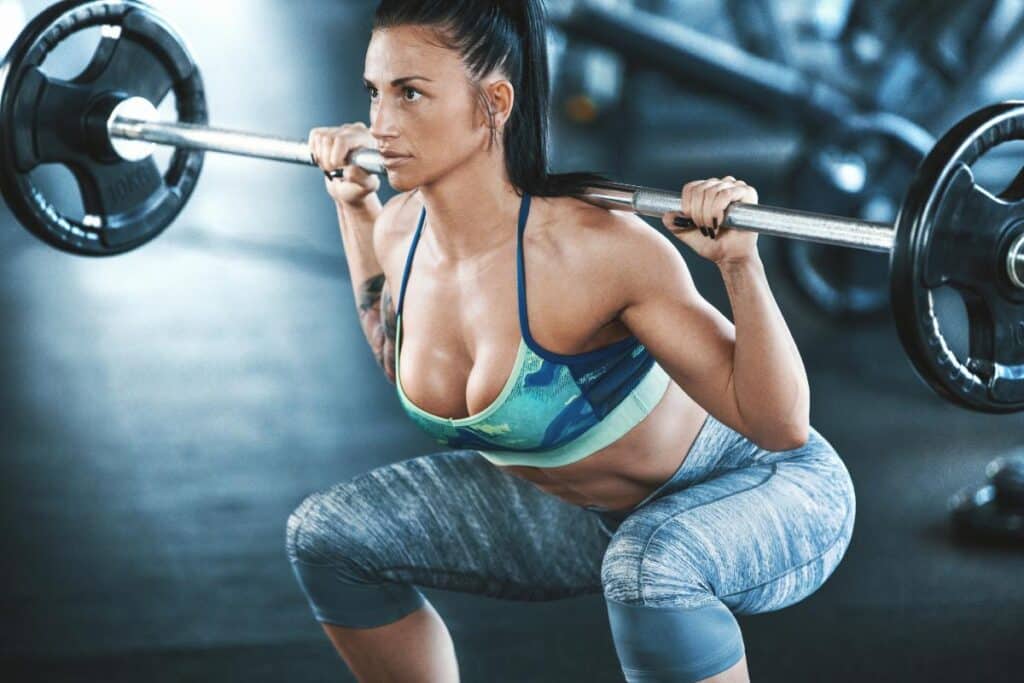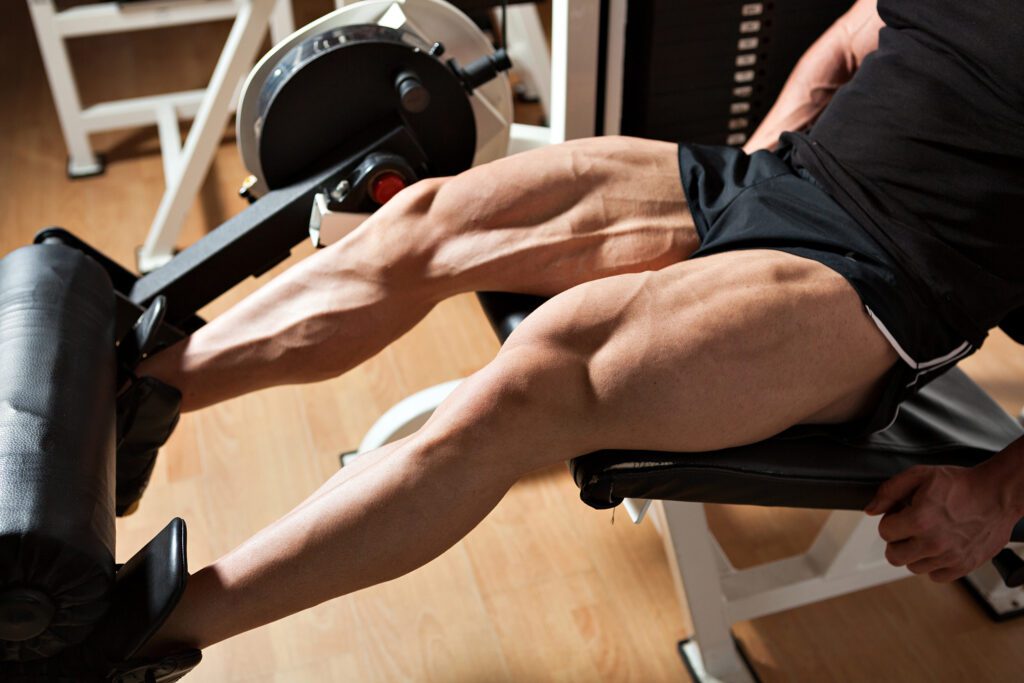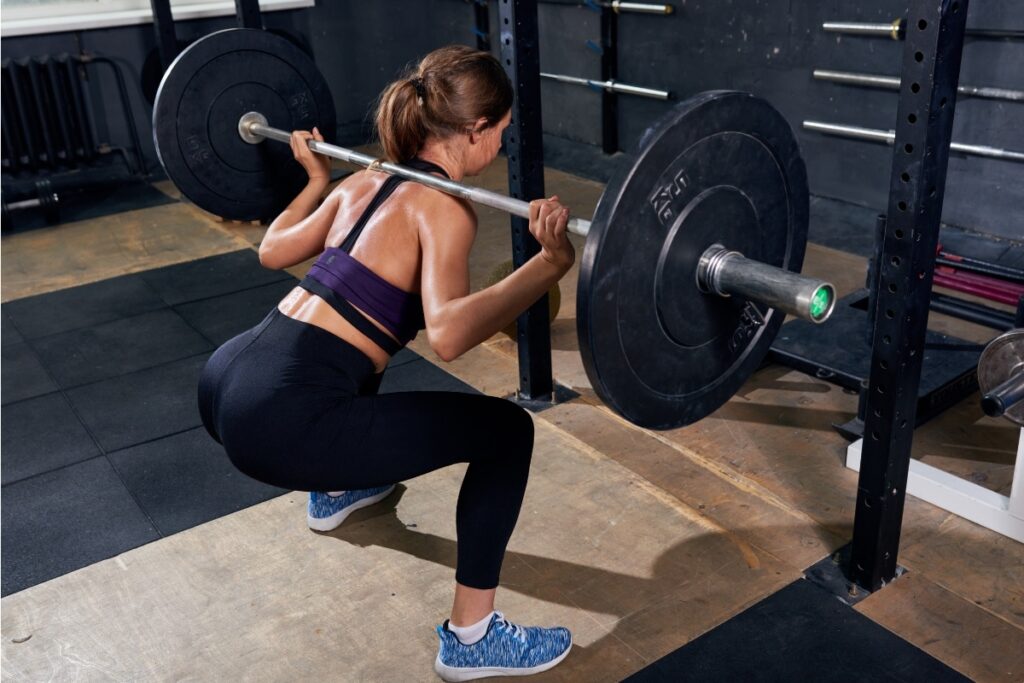The squat is a foundational movement in strength training and bodybuilding, lauded for its comprehensive muscle engagement and functionality. Its versatility makes it a perfect fit for full-body workout routines, where the goal is to hit multiple muscle groups within a single session. This article will discuss the integral role of the squat in full-body workout routines and how to effectively incorporate it for optimal muscle growth.
Squat as a Compound Movement
As a compound exercise, the squat engages multiple large muscle groups simultaneously, including the quads, hamstrings, glutes, and core. This multifaceted engagement makes it an efficient choice for full-body workouts, as it stimulates widespread muscle activation and hormonal responses conducive to growth.
Squat Variations for Full-Body Engagement
Different variations of the squat can target various aspects of muscle development:
- Back Squat: Engages the entire lower body and core, with a specific emphasis on the posterior chain.
- Front Squat: Shifts more focus to the anterior chain, particularly the quadriceps and upper back.
- Overhead Squat: Incorporates the shoulders and arms, enhancing upper body engagement in the squatting motion.
Balancing Squatting with Other Exercises
In a full-body workout, it’s important to balance squatting with exercises that target the upper body and other planes of movement:
- Push-Pull Balance: Pair squats with upper body push and pull exercises, like bench presses and rows, to ensure balanced development.
- Rotational and Lateral Movements: Include exercises like side lunges or woodchoppers to work on the muscles involved in lateral and rotational movements, which are not heavily engaged during squats.
Programming Squats in Full-Body Workouts
- Begin With Squats: Starting your workout with squats when you’re fresh allows you to perform them with maximum effort and proper form.
- Frequency: Incorporate squats 1-2 times per week in your full-body routines to allow adequate recovery.
- Volume and Intensity: Adjust the volume and intensity based on the rest of your workout. If you’re performing squats alongside other heavy compound lifts, you may need to reduce the volume to prevent overtraining.
Recovery and Progression
- Recovery: Since squats are taxing, ensure you’re getting enough rest and nutrition to recover between full-body sessions.
- Progressive Overload: Gradually increase the weight or volume over time to continue challenging your muscles and making gains.
The Squat’s Impact on Overall Fitness
- Strength Foundations: Regular squatting develops a strong foundation of lower body strength that carries over to other exercises and daily activities.
- Functional Mobility: Squats promote functional mobility, improving your ability to perform a range of movements with more power and efficiency.
- Metabolic Boost: High muscle recruitment in exercises like the squat can boost metabolism, aiding in fat loss and muscle maintenance.
Conclusion
The squat is an indispensable part of full-body workout routines, offering extensive benefits for strength, size, and overall fitness. When integrated thoughtfully, it lays the groundwork for a balanced, robust physique and enhances performance in all areas of physical activity. Remember, the key to successful integration of squats into full-body workouts is to consider your overall training load, balance with other exercises, and prioritize recovery to harness the full potential of this powerful movement.




